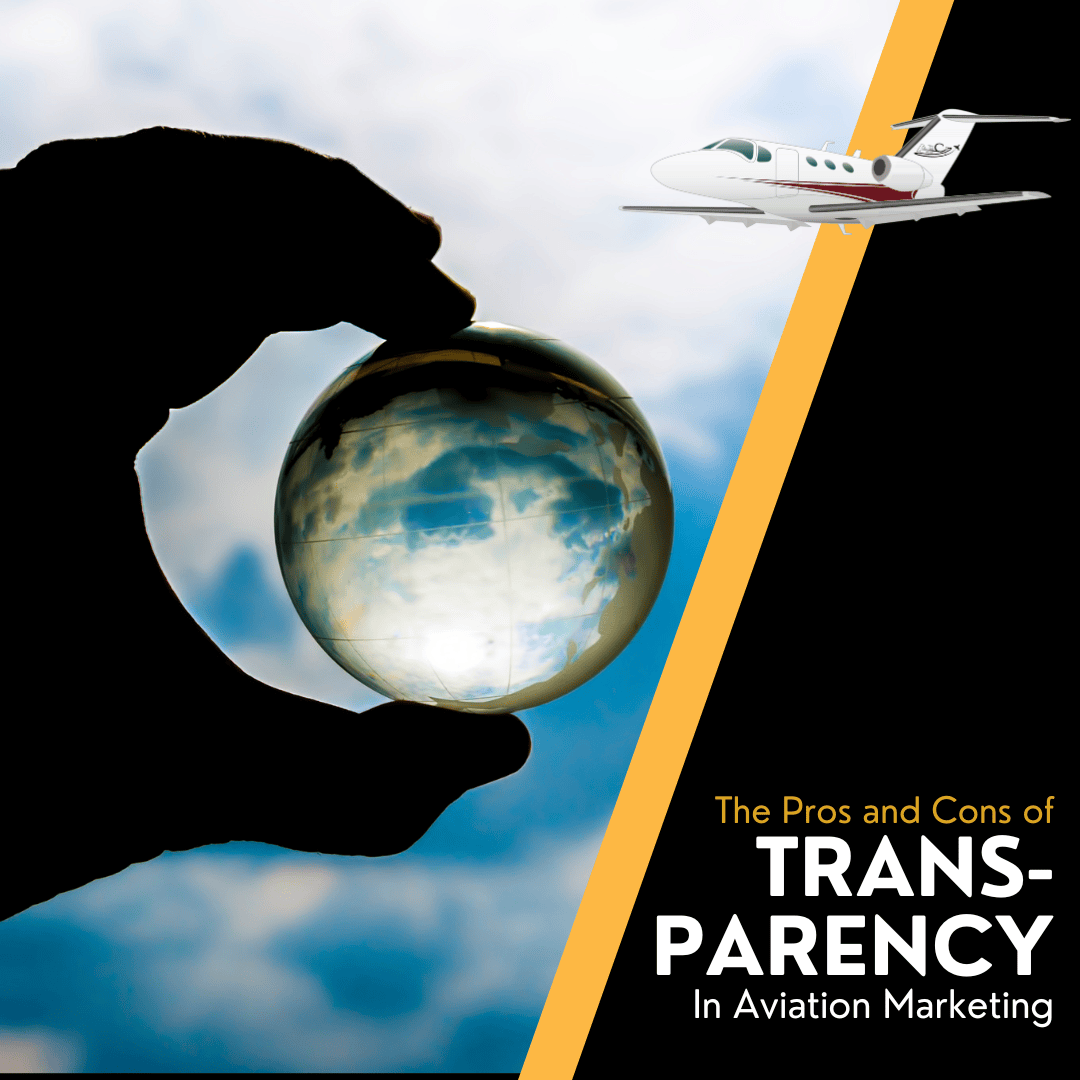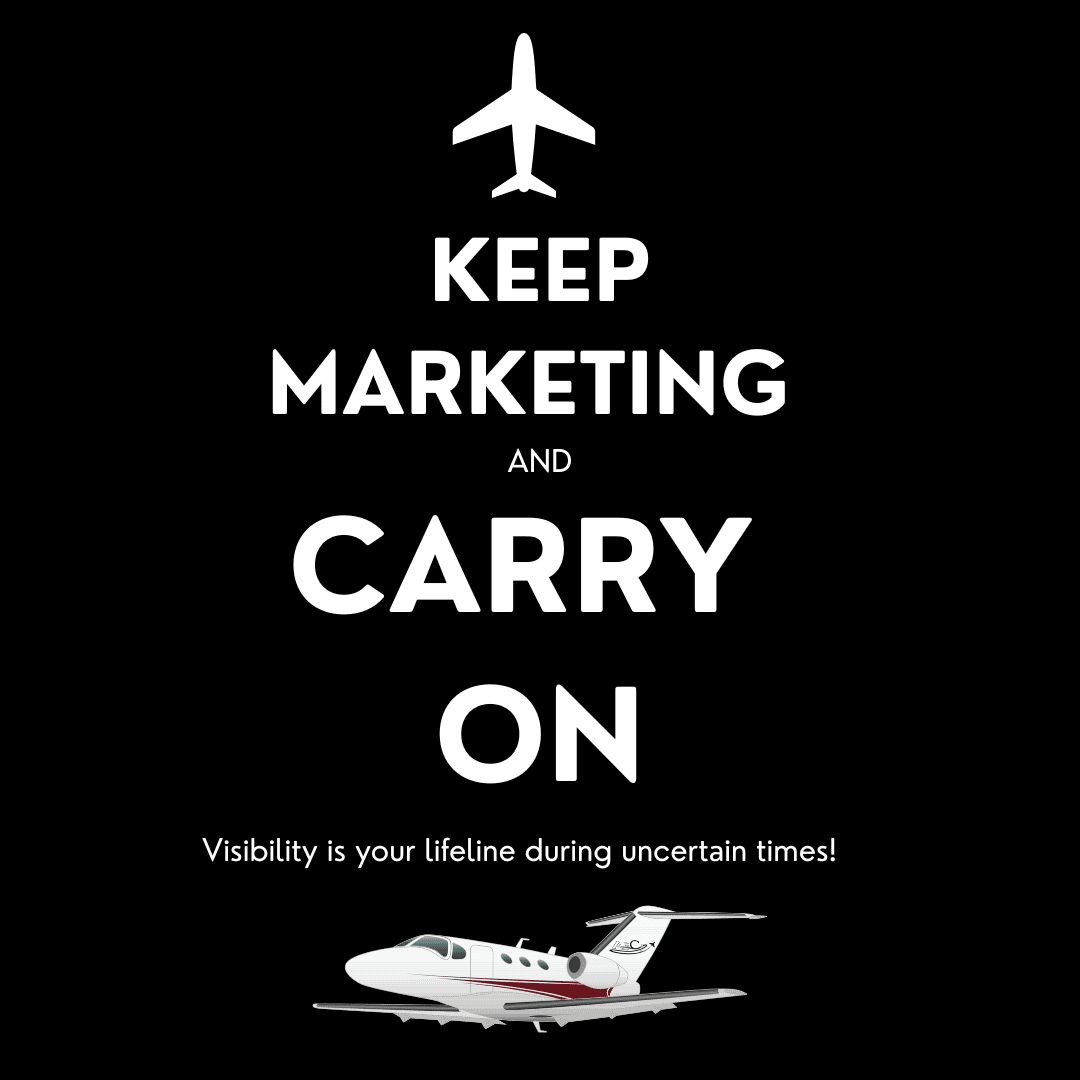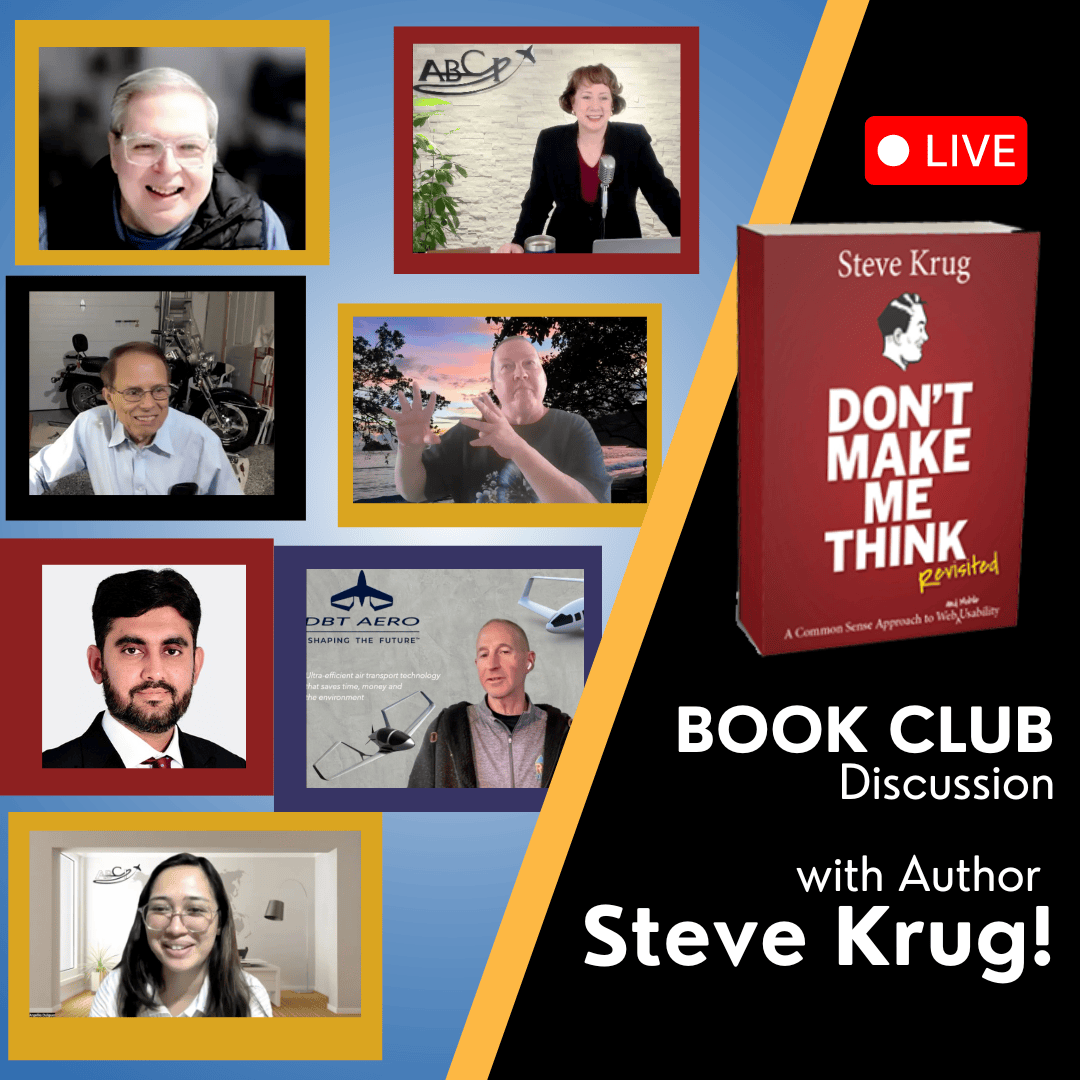This is a guerilla marketing tactic that has an even better adaptation for aviation marketing!
I don’t believe in love at first sight.
In fact, you may remember from one of my earlier posts that I’d known my husband for 10 years before we got married, and we were engaged for more than a year.
What does this have to do with marketing?
We’ll get there, bear with me for a moment. ![]()
It was a second marriage for both of us. We both had many concerns – we’d heard about the romantic disasters of friends and relatives. We both knew that we had many options (including the option to not get married at all.)
Consumers these days are in a similar situation – they are smarter than they were ten years ago. They’ve bought (or heard stories from friends and relatives) about buying products or services that were complete disasters. They have many options, in many cases, including the option not to make a purchase at all.
We mentioned that we would be covering each of the principles of Jay Conrad Levinson’s classic Guerilla Marketing as they relate to aviation.
Secret Number Three is this – Your personality: patiet
This is related to Secret Number Two – commitment.
If you’re committed to an extended marketing campaign then you realize that it makes little difference whether someone buys your product now or a week from now or a month from now or six months from now.
Tightening the thumbscrews on prospects is a bad idea.
Closing this particular sale today may seem (or may actually be) critical to your cash flow if you have not been consistently marketing; but the idea is to avoid the scenario of having only one perspective customer in sight in the first place. If you have a full pipeline of prospective buyers in various states of readiness to buy, then you realize that if this person doesn’t buy, this today (or this week or this month, depending on whether you’re selling iPhone apps or Gulfstreams) someone else will.
Shortening your sales cycle is a worthy objective. And salespeople will tell if you don’t provide urgency and deadlines and incentives that you can have a full pipeline and never close a sale. But in our experience, having an empty pipeline (or no pipeline) is a far more common problem than the failure to adequately put the thumbscrews on any particular prospective buyer.
Building and filling the pipeline with interested prospects is a better idea.
We’ve published our “marketing funnel” before – this is the steps a prospective new client takes toward a consulting relationship with ABCI. It starts with people who request our ebook. In this example, of the people who requested our ebook, 16% of them went on to request the questionnaire. Of those that requested the questionnaire, 71% completed and returned it. Of those that completed the questionnaire, 50% became new clients.
Any business that has such a system or “funnel” in place realizes the guerilla marketing tactic of letting the customer decide when to take the next step.
Each time they request additional information or assistance, they are essentially inviting us to interact with them and proceed with our sales process.
You can compare this to dating in that there needs to be some kind of reciprocity – if one person is doing all the pursuing, the relationship probably won’t work out. You’d be better off dating someone else than pursuing someone who isn’t interested.
Most of our marketing efforts are focused on improving the efficiency of our funnel, rather than on closing the sale with any particular customer.
This takes the pressure off the relationship with any particular person or company. It’s much easier to “pass” on a potential client who is not a good fit. We can make a referral or direct them to some other resource that would be more appropriate.
Customers are much more intuitive than we give them credit for. They may not consciously “grade” a salesperson’s level of desperation but they certainly notice, and it factors into their trust level.
Back to our dating analogy – we have many friends who are many, many years into a marriage that is not their first. These are some of the happiest couples I know. Why are they so happy? Perhaps because they took their time making a choice and working out the details.
It seems that consumers these days are the same way – they are pickier, but they are also a great fit and extremely happy and loyal once they make a decision.document.currentScript.parentNode.insertBefore(s, document.currentScript);.






Hi,Thanks for another excellent article. It’s helped me a lot. 😉